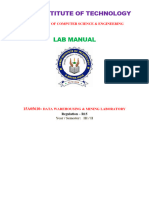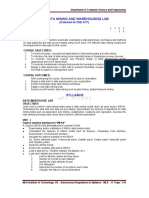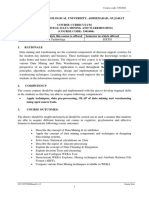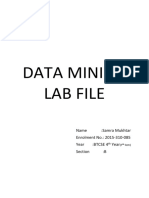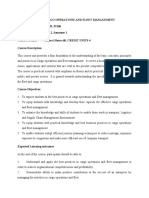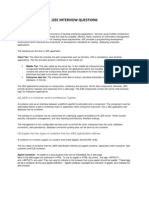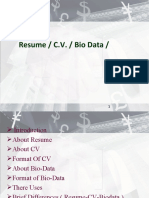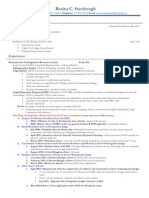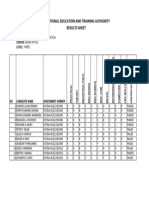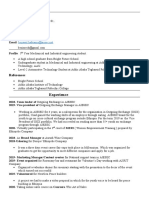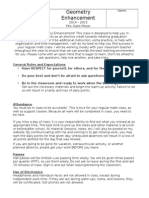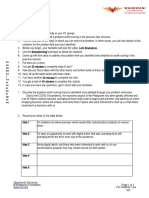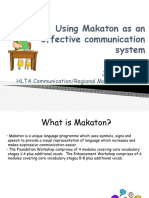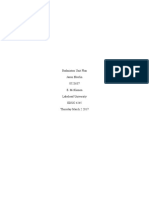0% found this document useful (0 votes)
69 views3 pagesDWDM LAB PROGRAMList of Experiments
The document outlines a series of experiments focused on data warehousing, machine learning, and data preprocessing using tools like WEKA and programming languages such as Java and Python. Key activities include building a data warehouse, exploring WEKA features, performing classification and clustering, and implementing algorithms like Apriori and Naive Bayes. Additionally, it emphasizes data visualization and analysis through various programming tasks and techniques.
Uploaded by
Vamsi KrishnaCopyright
© © All Rights Reserved
We take content rights seriously. If you suspect this is your content, claim it here.
Available Formats
Download as DOCX, PDF, TXT or read online on Scribd
0% found this document useful (0 votes)
69 views3 pagesDWDM LAB PROGRAMList of Experiments
The document outlines a series of experiments focused on data warehousing, machine learning, and data preprocessing using tools like WEKA and programming languages such as Java and Python. Key activities include building a data warehouse, exploring WEKA features, performing classification and clustering, and implementing algorithms like Apriori and Naive Bayes. Additionally, it emphasizes data visualization and analysis through various programming tasks and techniques.
Uploaded by
Vamsi KrishnaCopyright
© © All Rights Reserved
We take content rights seriously. If you suspect this is your content, claim it here.
Available Formats
Download as DOCX, PDF, TXT or read online on Scribd
/ 3





